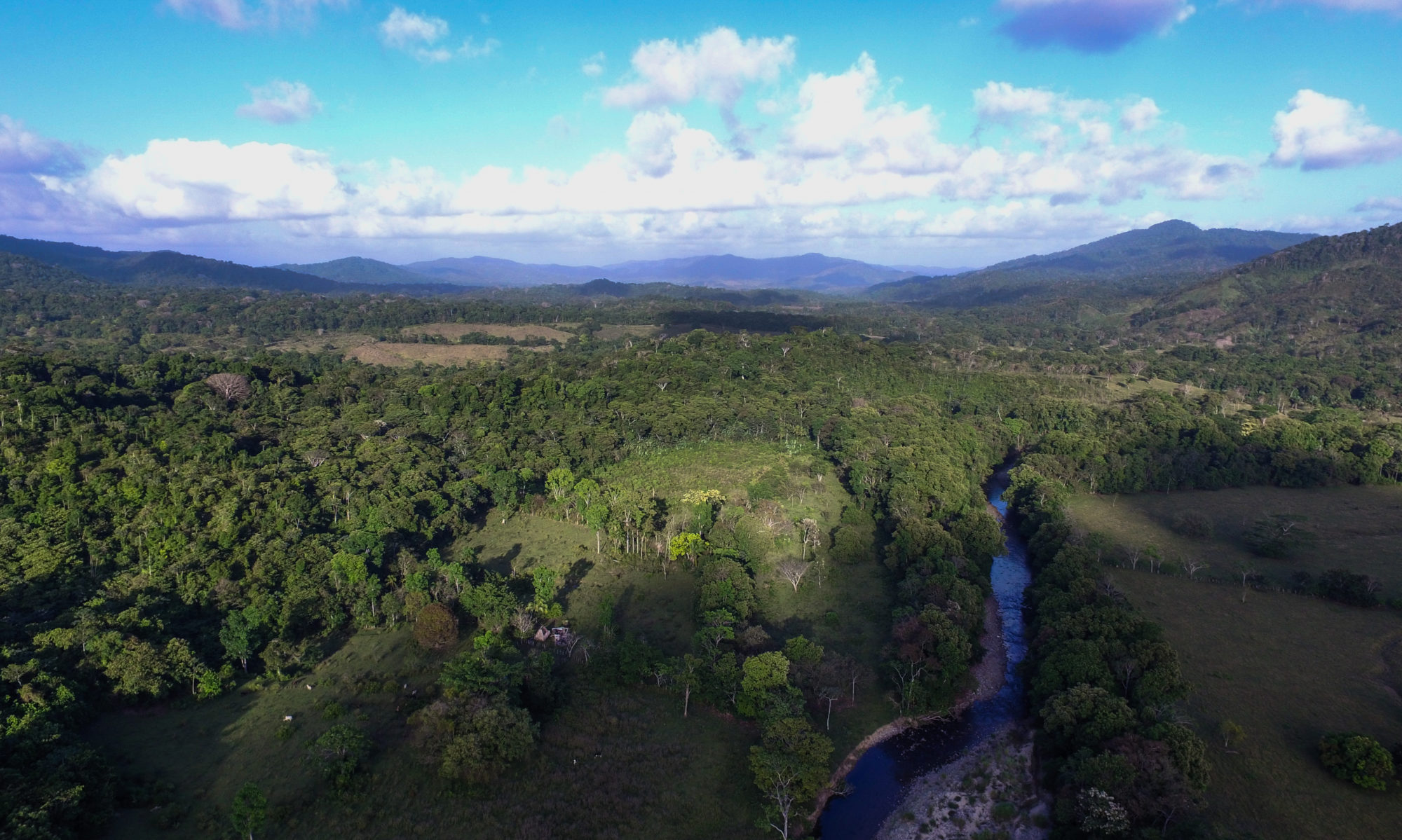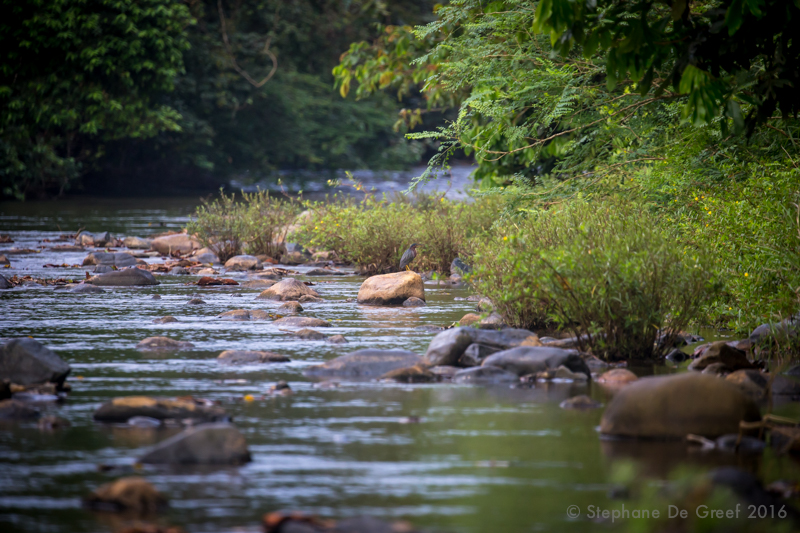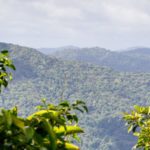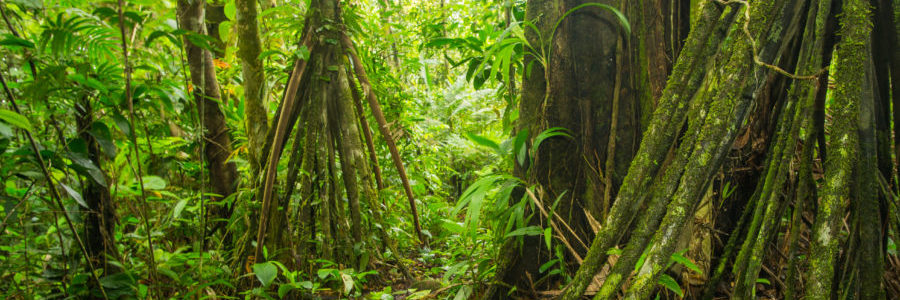Cocobolo Nature Reserve is a privately owned reserve located in the Mamoni Valley, Central Panama, on the southern slope of the continental divide, a mountain ridge halfway between the Pacific Ocean and the Caribbean Sea.
How Big is Cocobolo Nature Reserve?
Covering over 410 hectares (1,100 acres) of primary cloud forests and secondary lowland rainforests, this vital yet fragile piece of the Mesoamerican Biological Corridor harbors endangered wildlife such as jaguars, pumas, ocelots, margays, crested curassows and harlequin toads as well as thousands of species of amazing invertebrates. Cocobolo is an extension of the Narganá Wilderness Area and the Chagres National Park, covering hundreds of thousands of hectares of pristine forests home to rare and endangered species.
What types of natural habitats exist on the reserve?
A mixture of elevation differences and human impact history has created a high level of forest heterogeneity across the reserve (high beta diversity). At its lowest point at 220m above sea level, the lowland forest meets the crystal-clear Rio Mamoni, home to many species of amphibians and reptiles, including Caimans. At its highest point at 800m on the continental ridge, the bromeliad covered cloud forests are regularly visited by large wild cats and other elusive species.
What is the Conservation Importance Of Cocobolo Nature Reserve?
Cocobolo Nature Reserve is located at the narrowest stretch of Mesoamerica with only 40 miles separating the Pacific Ocean and the Caribbean and is a vital and vulnerable piece of the forest corridor connecting habitat that extends from South America to Mexico.
The Mamoni Valley remained heavily forested until approximately 60 years ago when campesinos from Panama’s western provinces came looking for land. As ranchers, they converted much of the lowland areas to cattle pastures. Later arrivals began cutting steep hillsides leading to high levels of erosion. Today forests are still being converted to pasture and agriculture and hunting pressure on unprotected forests is extremely high. Recently, artisanal gold panning has begun to affect some riparian areas within the valley. In the face of these human impacts, places like Cocobolo Nature Reserve become immensely important for protecting the original biodiversity and landscapes of the area.
Due to the narrowness of this part of Central America, the reserve is extremely important habitat for migratory species, providing habitat connectivity and offering a wide variety of forest types over a small area. For example, migratory bird flyways are funneled through this area and hence the protection of habitat in this bottleneck is vital for such species. Furthermore, this area is extremely important from an evolutionary perspective, being on the biogeographical boundary between the Central American and South American biomes. Cocobolo is home to a mixture of species with affinities from north and south which increases its level of biodiversity and regional importance.




